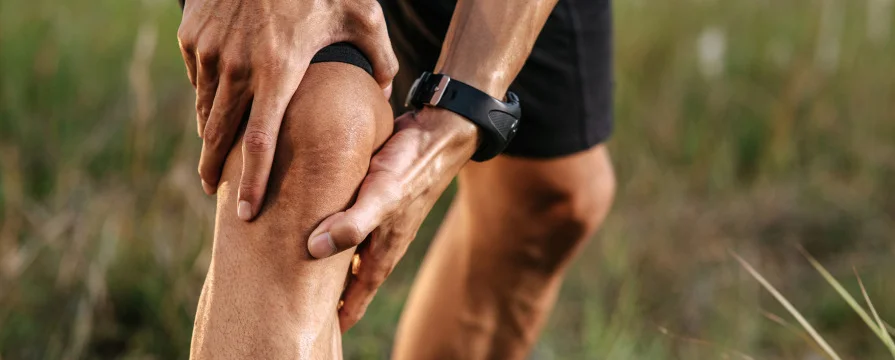Maintaining ideal knee health and flexibility requires knowledge of common knee issues and how to address them. The knee is a complicated joint that can develop a number of problems, including osteoarthritis, ligament rips, and inflammation. Depending on the degree of seriousness of the problem, treatment choices range from non-invasive methods like physical therapy and medication to more intrusive ones like surgery. People can improve their quality of life and better manage their knee health by learning more about these common knee issues and the treatments available for them.
Maintaining general mobility and avoiding injuries need proper knee care. Including techniques like consistent exercise to build stronger knee-supporting muscles, keeping a healthy weight to lessen the strain on the knees, and knee health can be improved by all participating in physical activities with appropriate technique. Furthermore, wearing supportive footwear and maintaining correct balance will assist reduce knee discomfort from daily tasks. Furthermore, small disorders might avoid becoming more serious by being aware of any discomfort or pain in the knees and obtaining quick medical assistance when necessary. People may guarantee long-term knee health and functionality by prioritise knee care with these preventative steps, allowing them to lead active and satisfying lives.
Here are the Understanding Common Knee Problems and How to Treat Them
1. Osteoarthritis
The degeneration of tissue in the knee joint is the main feature of this degenerative joint condition. In addition to pain and stiffness, OA can cause swelling and a decrease in range of motion. Treatment choices include modifying one’s lifestyle to maintain weight and engage in low-impact exercise, pain relief techniques include over the counter or prescription drugs, physical therapy to increase muscular strength and flexibility, injections of synthetic hormones or steroid medication, and, in extreme situations, surgery such as knee replacement or arthroscopy.
2. Ligament Injuries (e.g., ACL Tears)
ACL tears, in particular, are a common injury among athletics and physical activity participants. Treatment options differ depending on the extent of the tear, but may include strengthening to support the knee, physical therapy to regain strength and stability, RICE (rest, ice, compression, and elevation), and surgery to reconstruct the torn ligament, if necessary, particularly in cases where the patient is highly active or unreliable.
3. Meniscus Tears
The C-shaped tissue that cushions the knee joint is called the meniscus. Meniscus tears can result from forceful twisting motions or progressive degeneration. Apart from rest and modifying activities, treatment options include anti-inflammatory drugs, injections of steroids for pain management, physical therapy to strengthen surrounding muscles and improve stability, and in certain situations, an arthroscopic procedure to repair or remove the damaged knee.
4. Tendonitis (e.g., Patellar Tendonitis)
Tendonitis is a form of inflammation that affects ligaments, most commonly affecting the patellar tendon (patellar tendonitis). Rest, ice, anti-inflammatory medications, physical therapy to strengthen and stretch the tendon, orthotics or supportive braces, and, in more severe situations, injections of corticosteroid or tendon restoration surgery, are often used forms of treatment.
5. Patellar Dislocation
A quick twist or direct hit to the knee can cause a patellar dislocation, which is the forcing of the kneecap (patella) out of its natural position. RICE, bracing, or taping to stabilise the kneecap are common forms of treatment, physical therapy to improve joint stability and strengthen the muscles surrounding the knee, and occasionally, surgical adjustment to prevent an ongoing fracture.
Conclusion
Those who are aware of typical knee issues and how to address them are more prepared to take charge of their knee health. Approach is more extensive and involves surgery or more moderate techniques like physical therapy and medication, knowing options available helps one make decisions that are specific to requirements. People can improve their knee function, lessen discomfort, and continue to lead active lives for years to come by remaining aware and actively involved in care.




